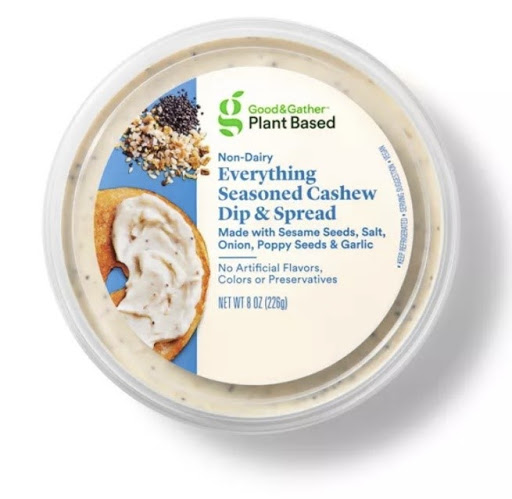Why Private Label is a Growing Problem for Brands Building New Categories
Typically, retailer store brand sales volume in any specific category is a small minority of unit sales volume every year. In some extreme cases like Chocolate Sandwich cookies (Oreo), the % is less than 1%, even at 50% of the unit cost. Brands continue to dominate old, processed food categories that live at the core of the Walmerican diet. Brands were the first to package it up, and so we expect a brand to deliver it best.
However, in newer CPG categories, those that entered retail in the last three decades, retailer private label can capture as much as 50-60% of $ sales and 30-40% of unit sales annually across all channels.
Part of the reason is that these are categories that do not have a widely recognized cultural need for an expert producer – (e.g., bagged salads, bottled water, salsa) at all or in certain quality tiers (i.e., mainstream). Secondly, in the new perimeter, historically, most refrigerated packaged foods have always been made by the retailer, often as a loss leader. And, even when market shares for branded items are dominant, often there has been so little effective brand-building out-of-store that the ‘leaders’ trade every day with relatively weak brands that lack the iconic, venerable status of Lay’s, Oreos, and others that span 5-6 living generations of consumers.
If you are in a new category (i.e., it entered grocery in the past 30 years or sooner), you should understand as a branded offering that you can and must make a case for competing with the retailer’s products as you grab shelf space for visibility. They will have half or more of the shelf space in many of these categories. Retailers understand this advantage culturally in new categories, especially those in the new perimeter. This is why they’re moving very quickly to knock off every possible plant-based, refrigerated item that gets purchased monthly or weekly. They know they can get an above-average share of category revenue with their offerings.
It is not impossible to get shelf space in these private-label heavy categories. Still, it may be MUCH easier to get shelf space from declining brands next to you in these newer categories where private label has expanded its reach.
Remember, the retailer’s margin on their equivalent products to yours may produce a higher penny profit than the profit they grab from your line sold at a higher price point. Not always, but it happens. Plus, the retailer has a strategic reason to use new perimeter merchandising to build their retail brand halo. After all, it’s fresh food that drives traffic to supermarkets; it’s mission-critical to their brands’ survivability. I know of several brands whose superior sensory experience and defensible formulation innovation allow them to capture exponential growth even with the retailer selling half or more of the store’s revenue in the category. Very rarely, in my experience, do even premium private label offerings offer restaurant-quality fresh sensory experiences. Look at hummus as but one example.
